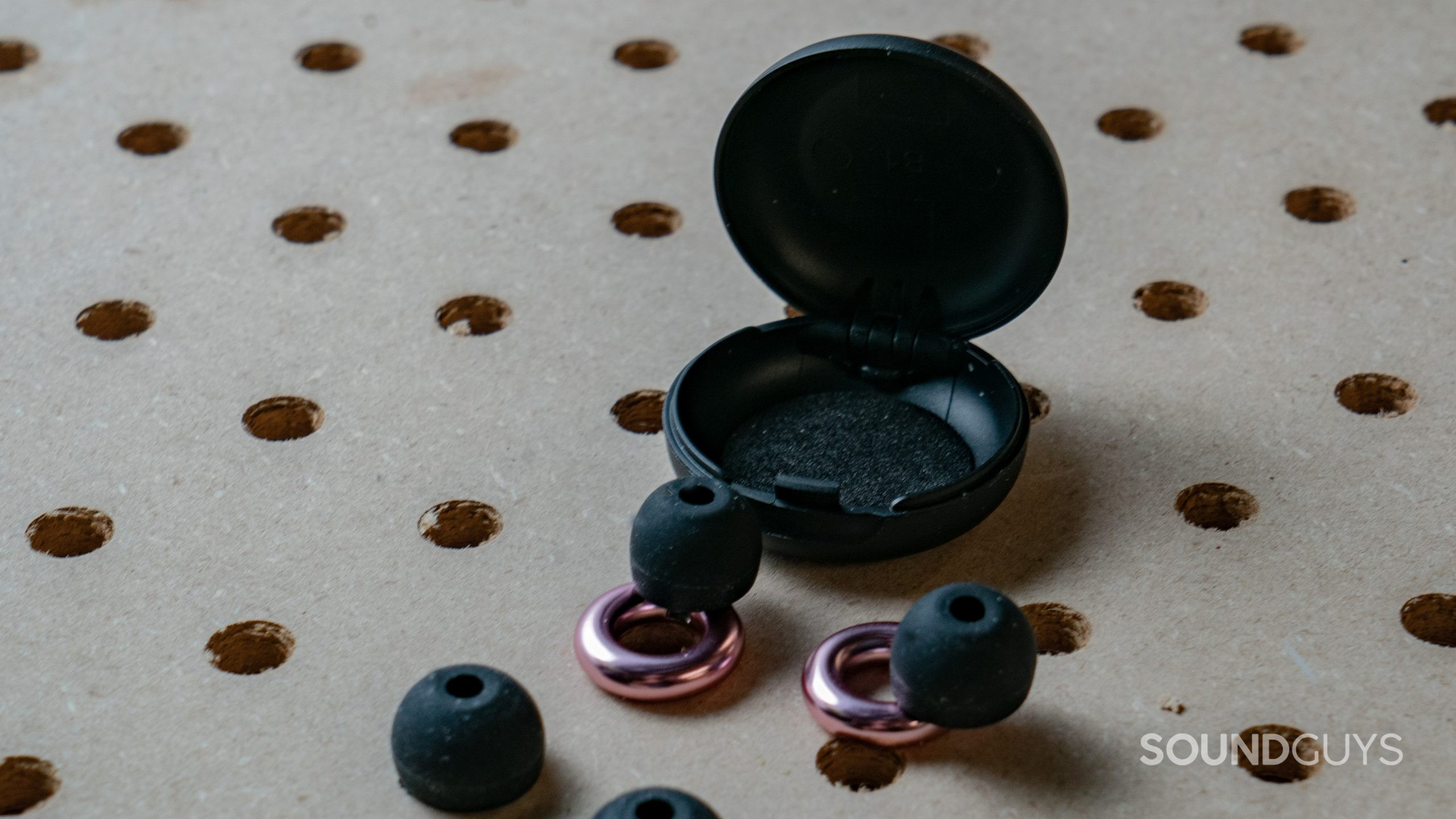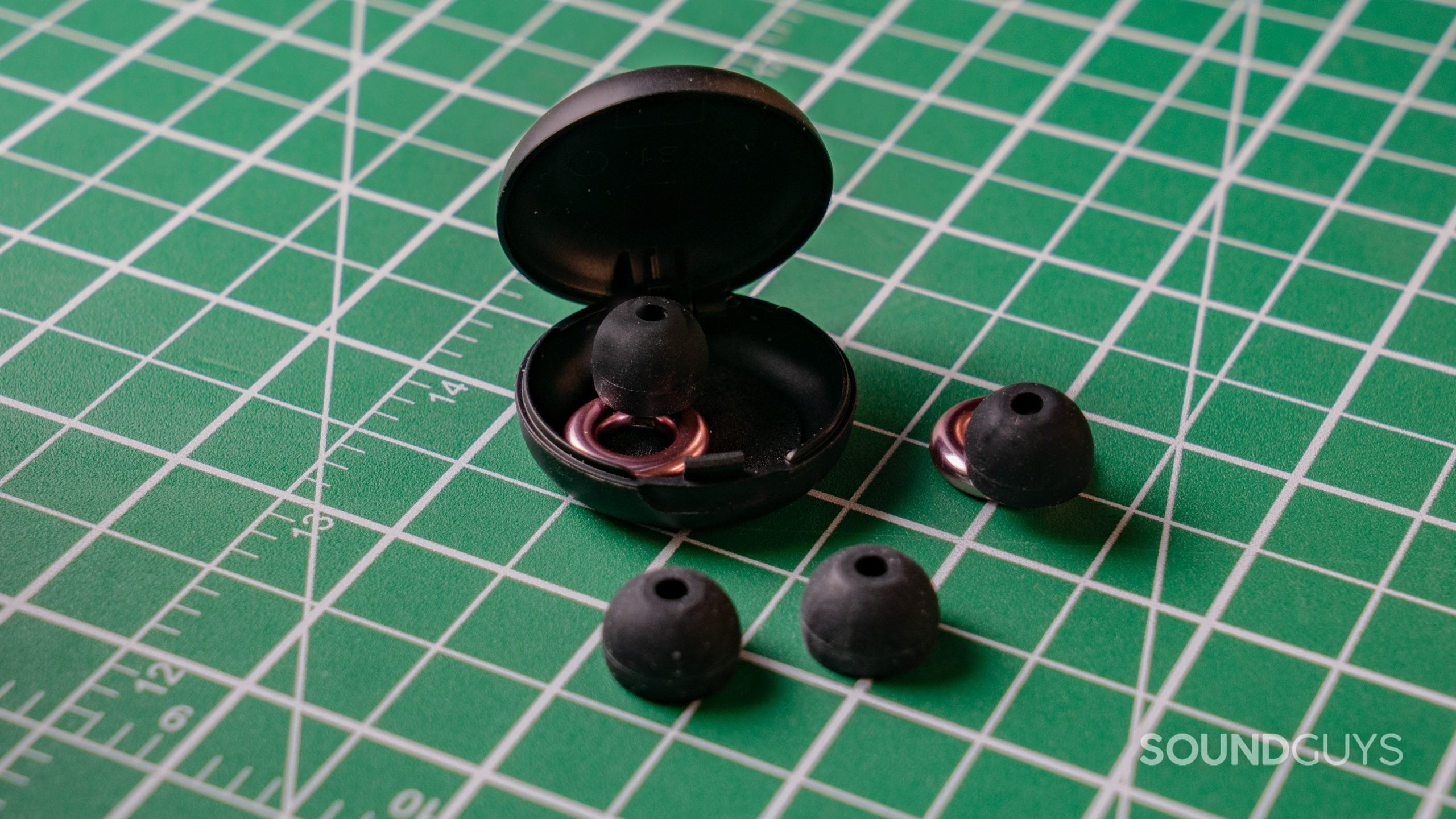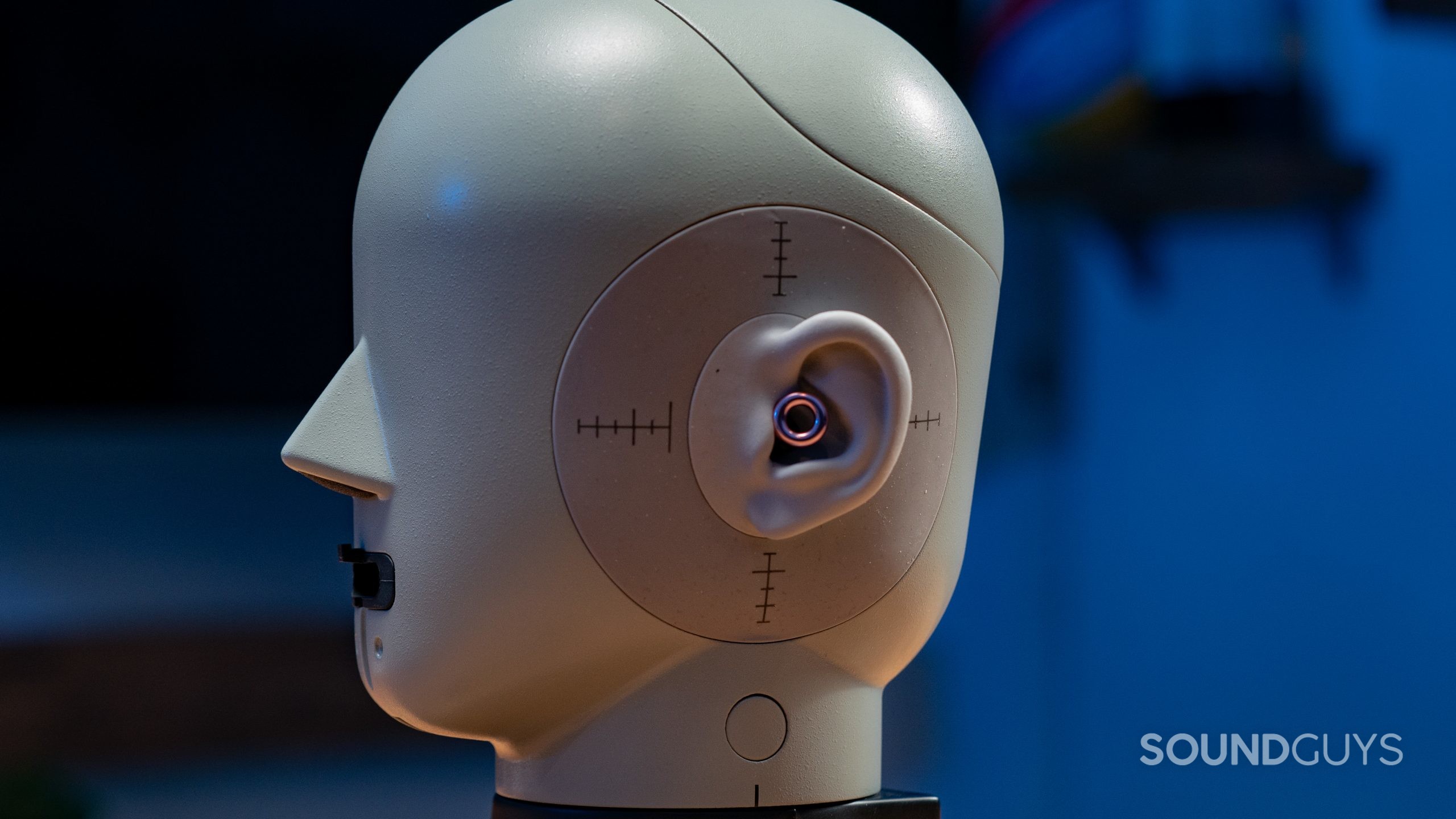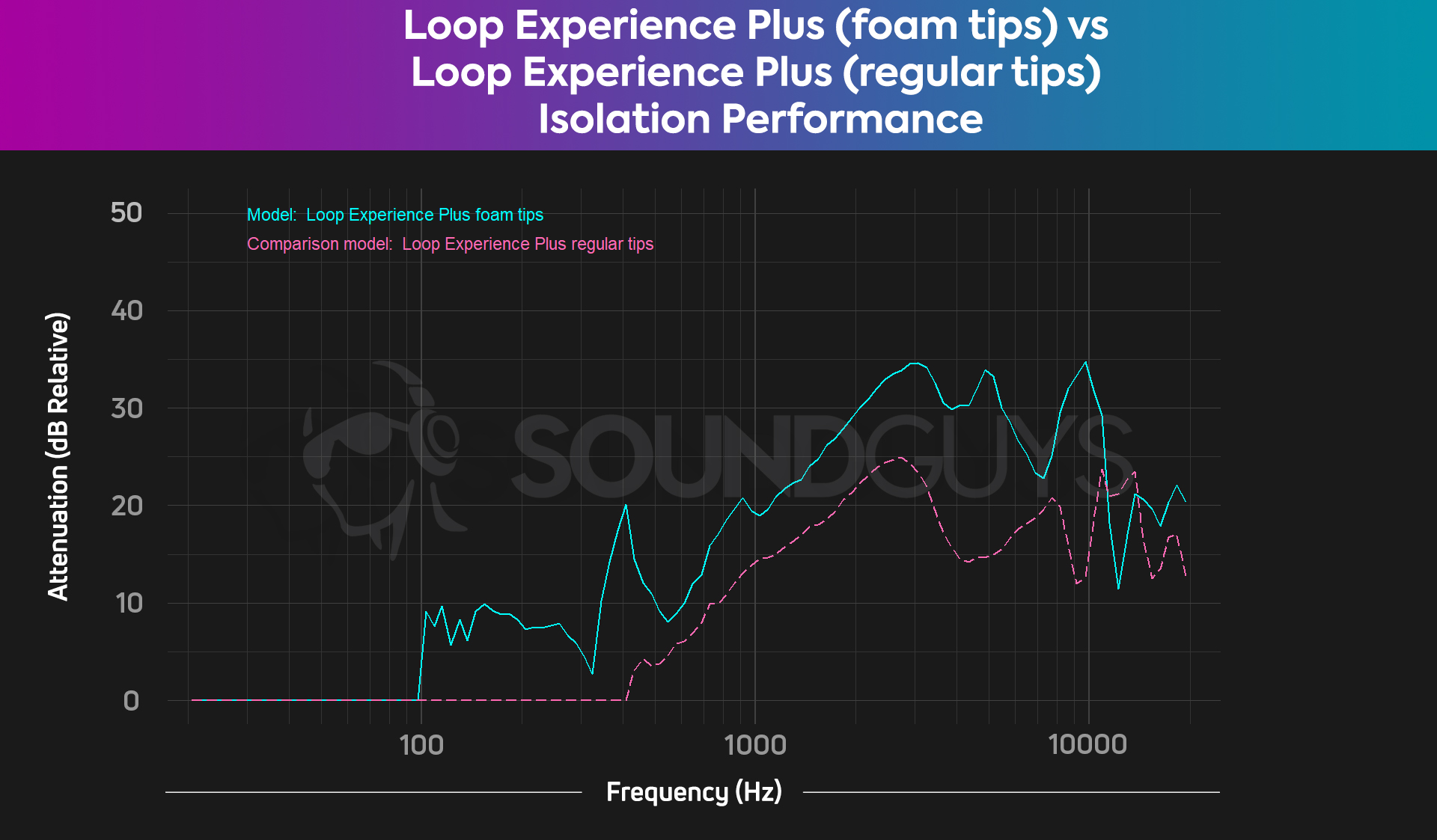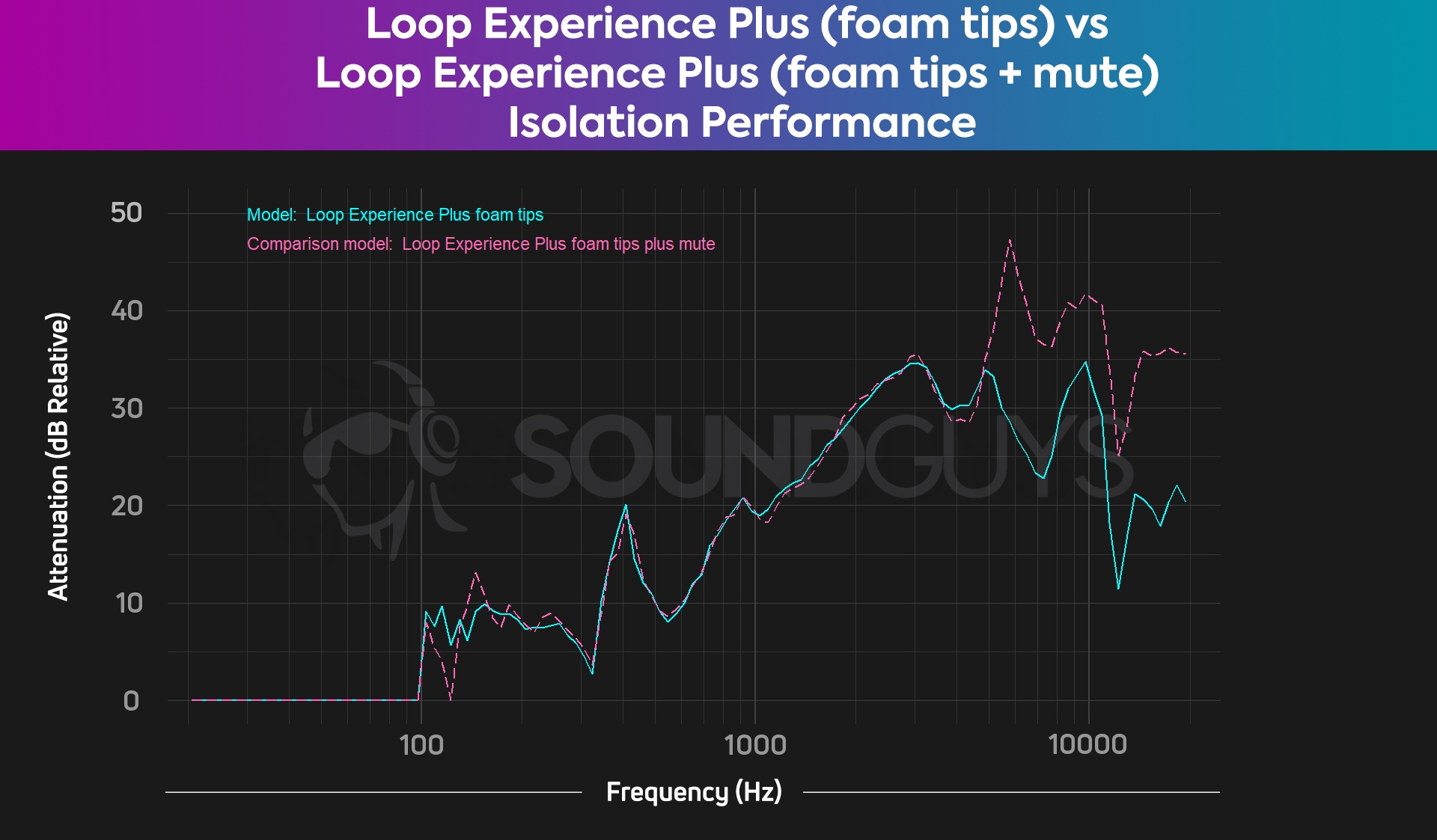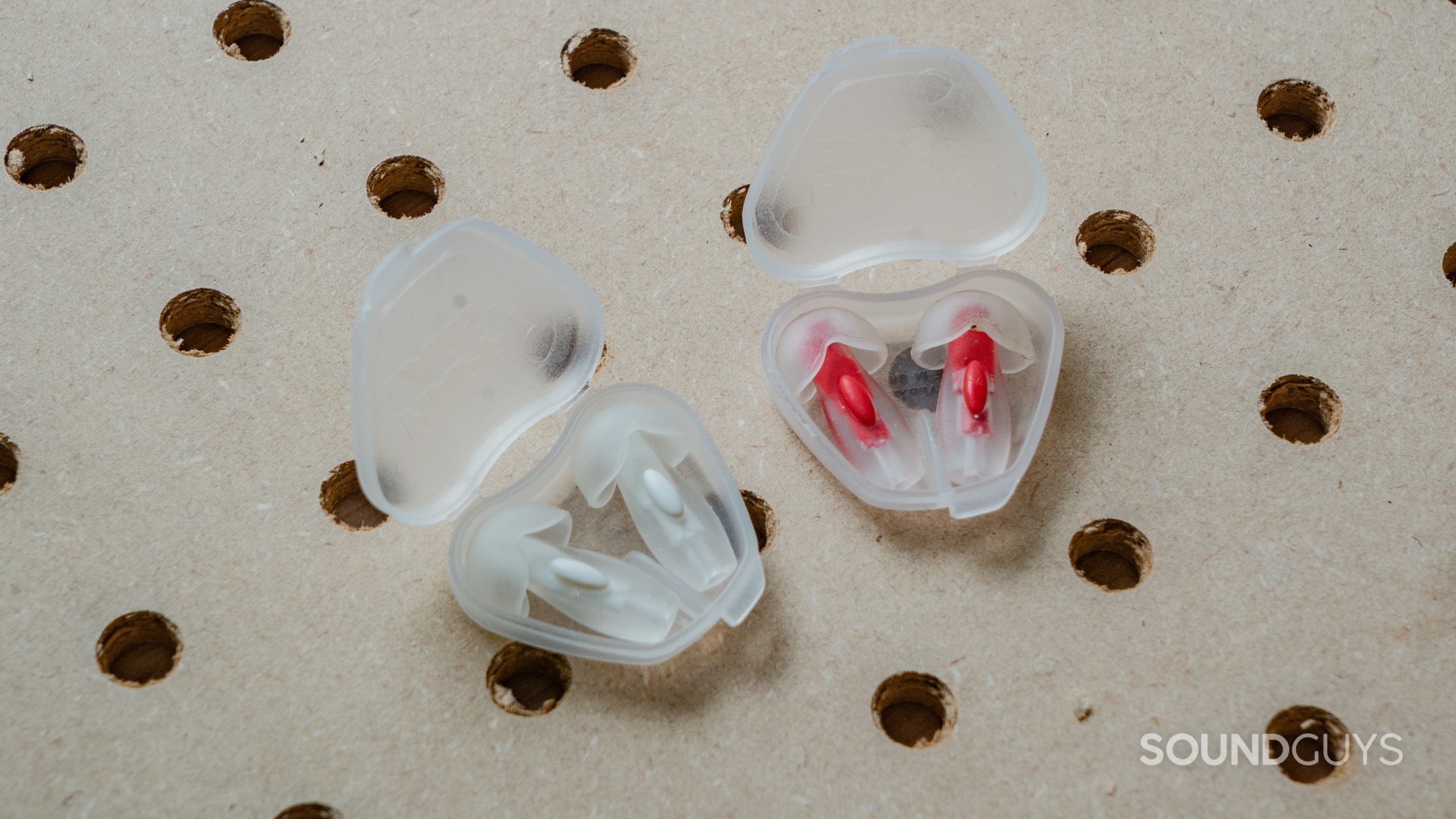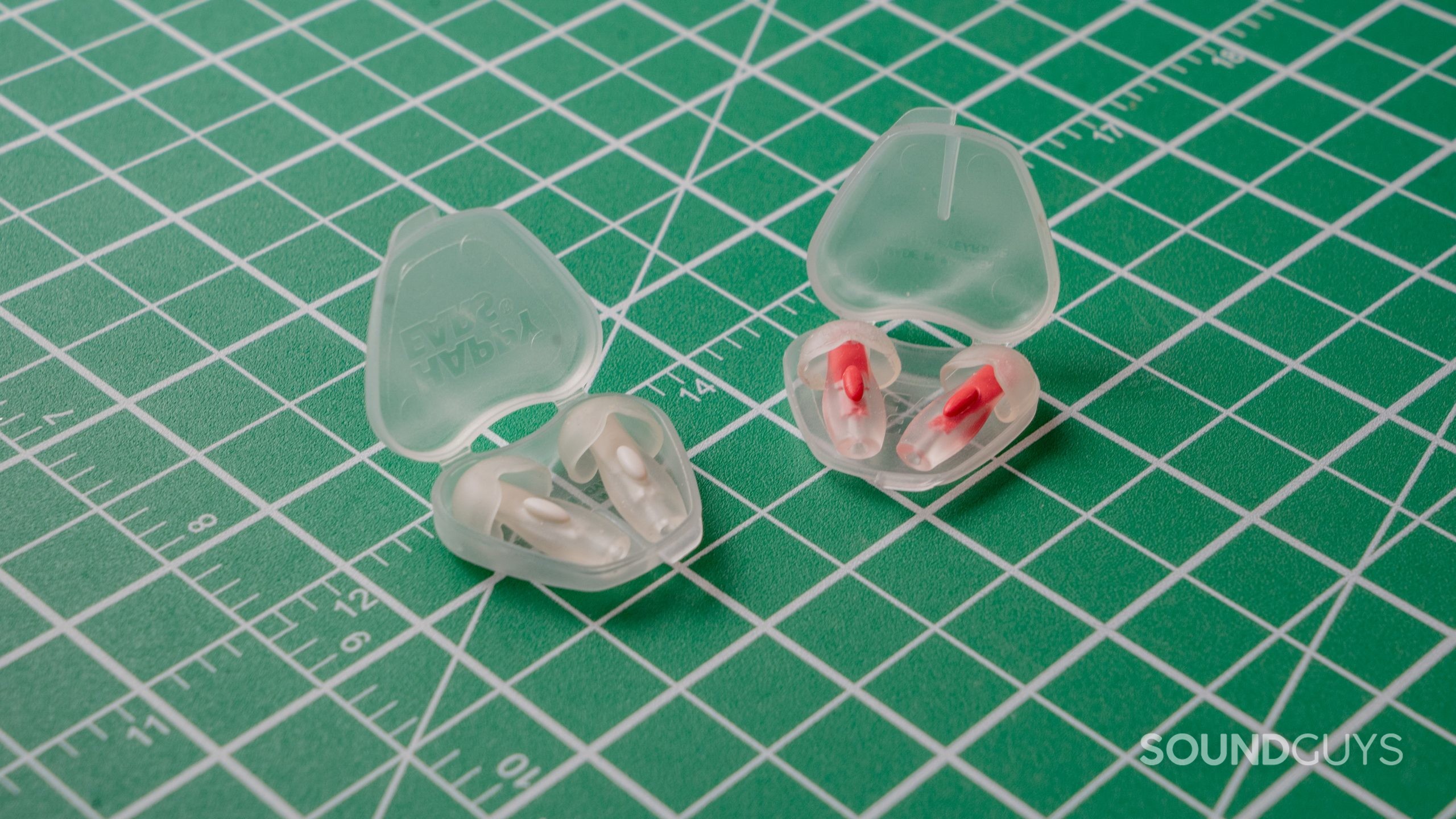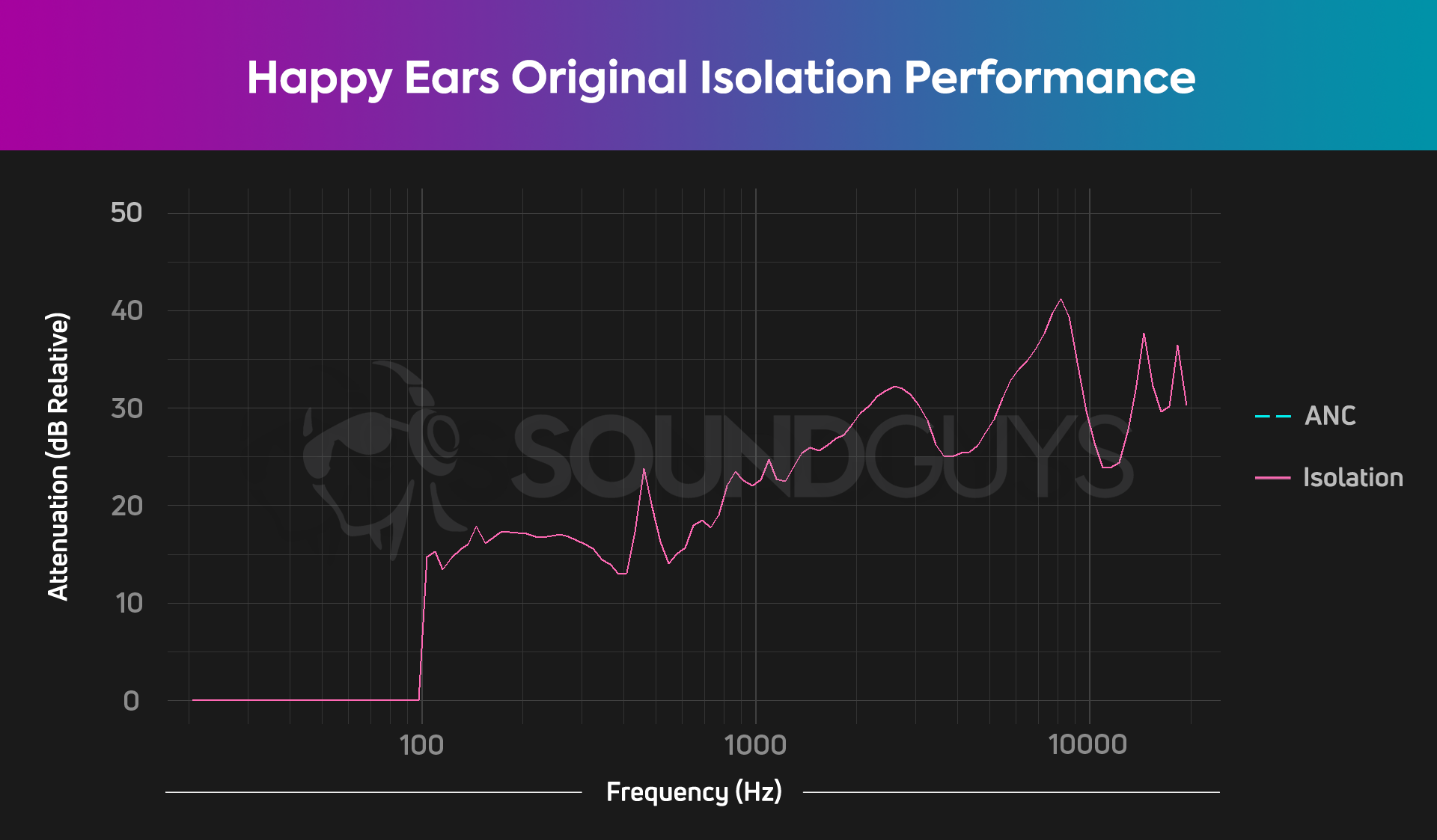All products featured are independently chosen by us. However, SoundGuys may receive a commission on orders placed through its retail links. See our ethics statement.
Best earplugs for concerts, live music and events
November 12, 2024
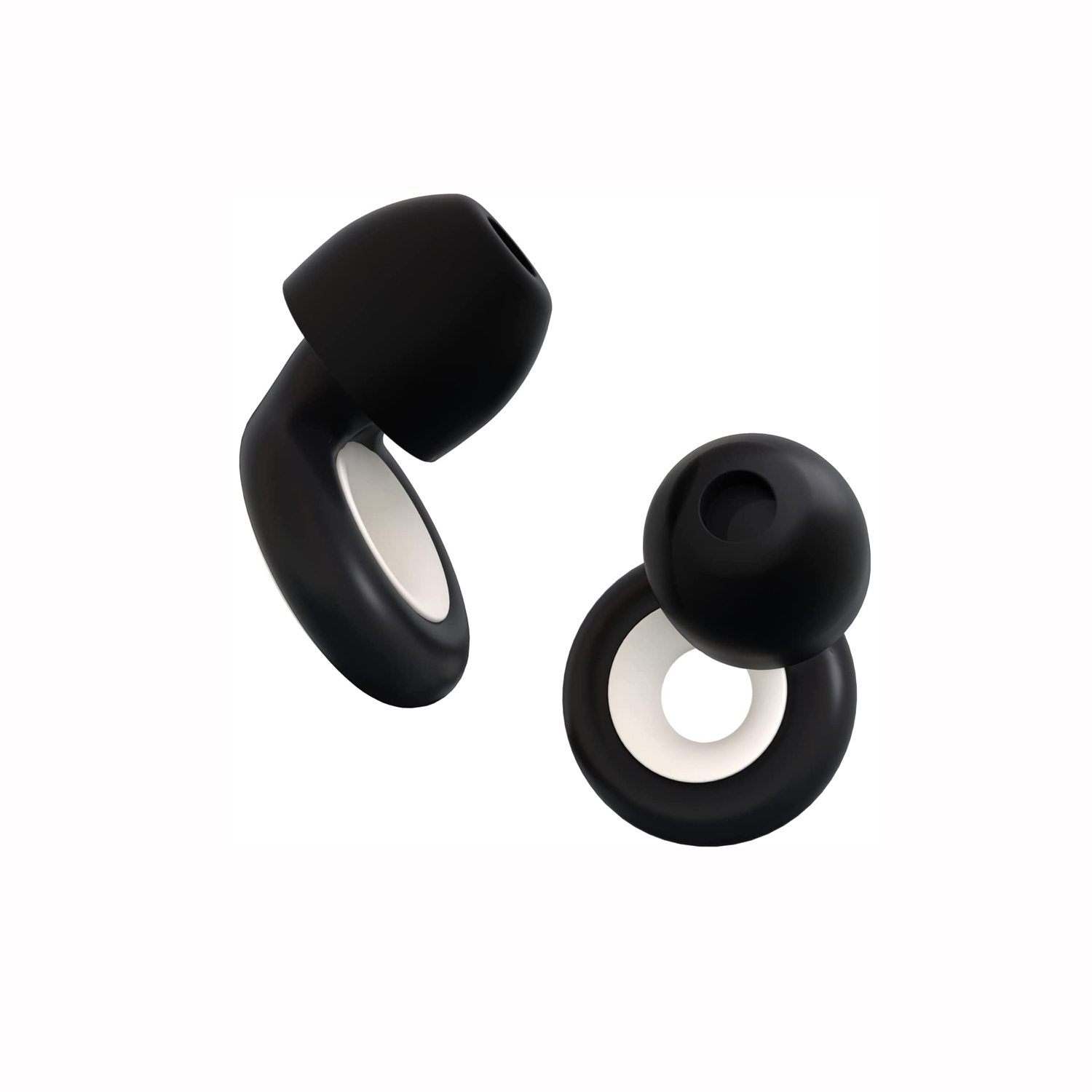
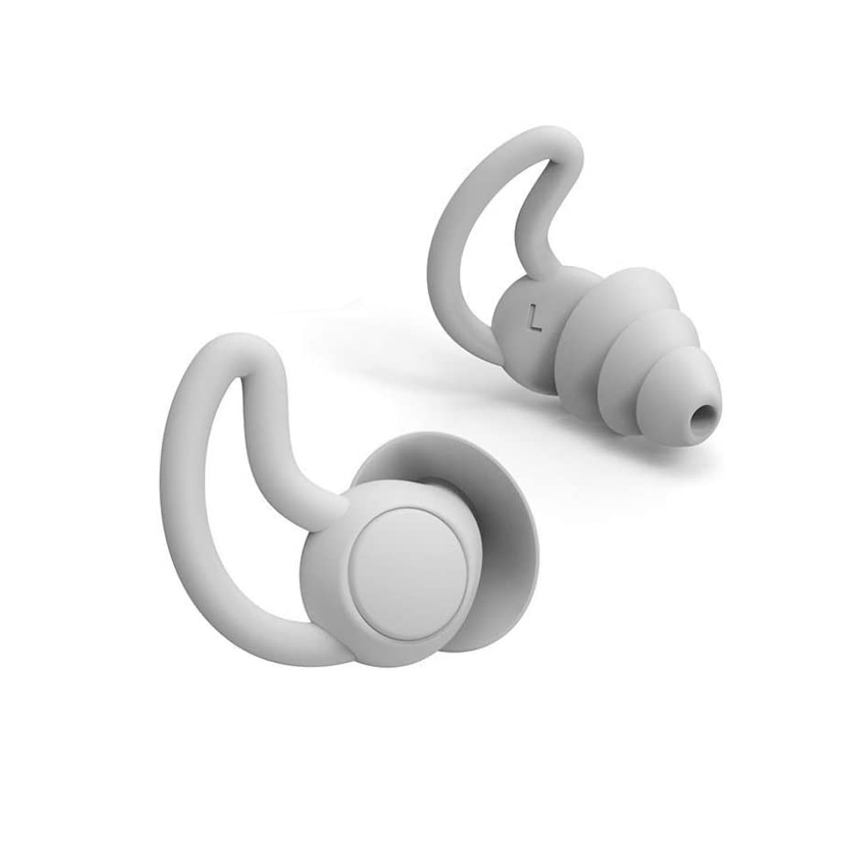
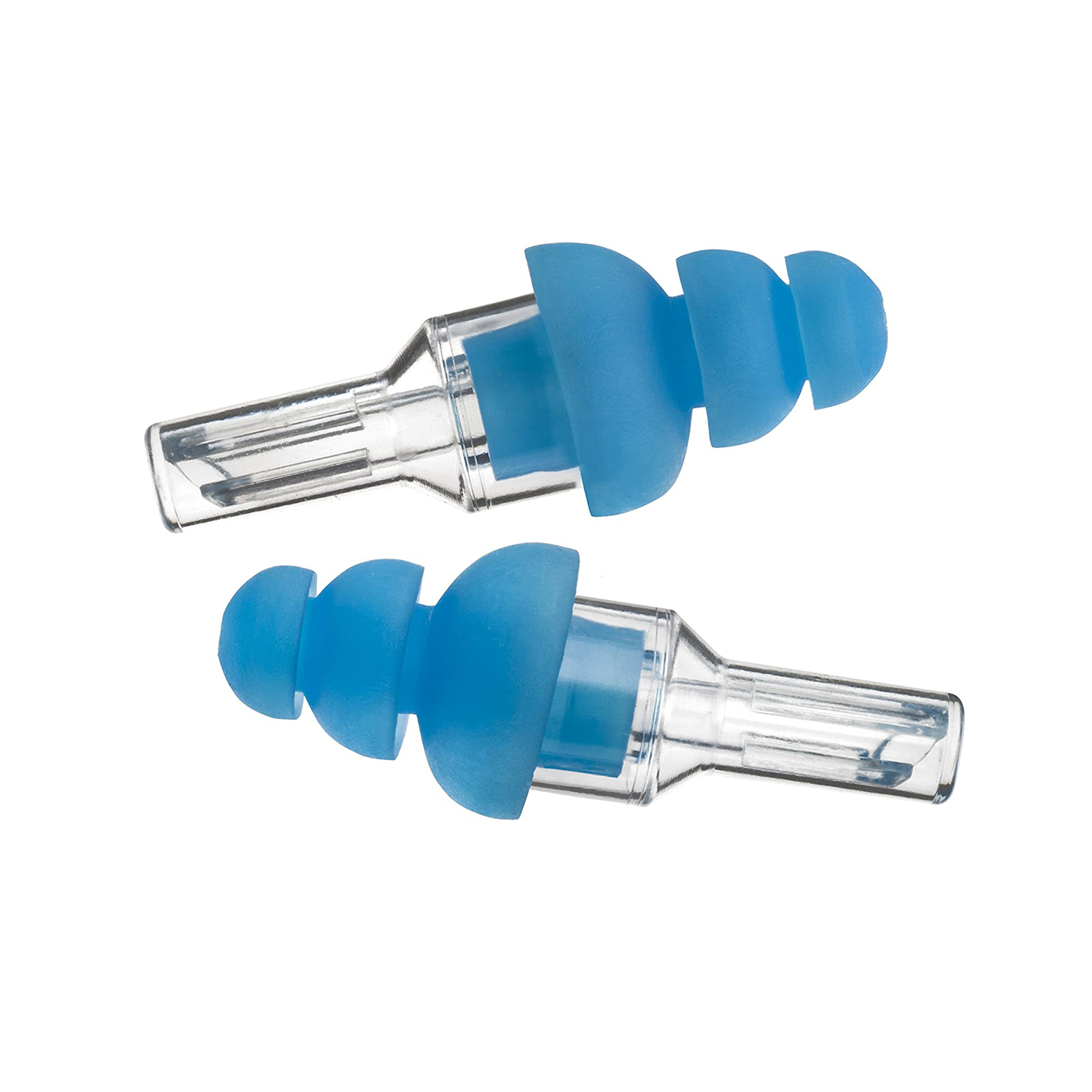
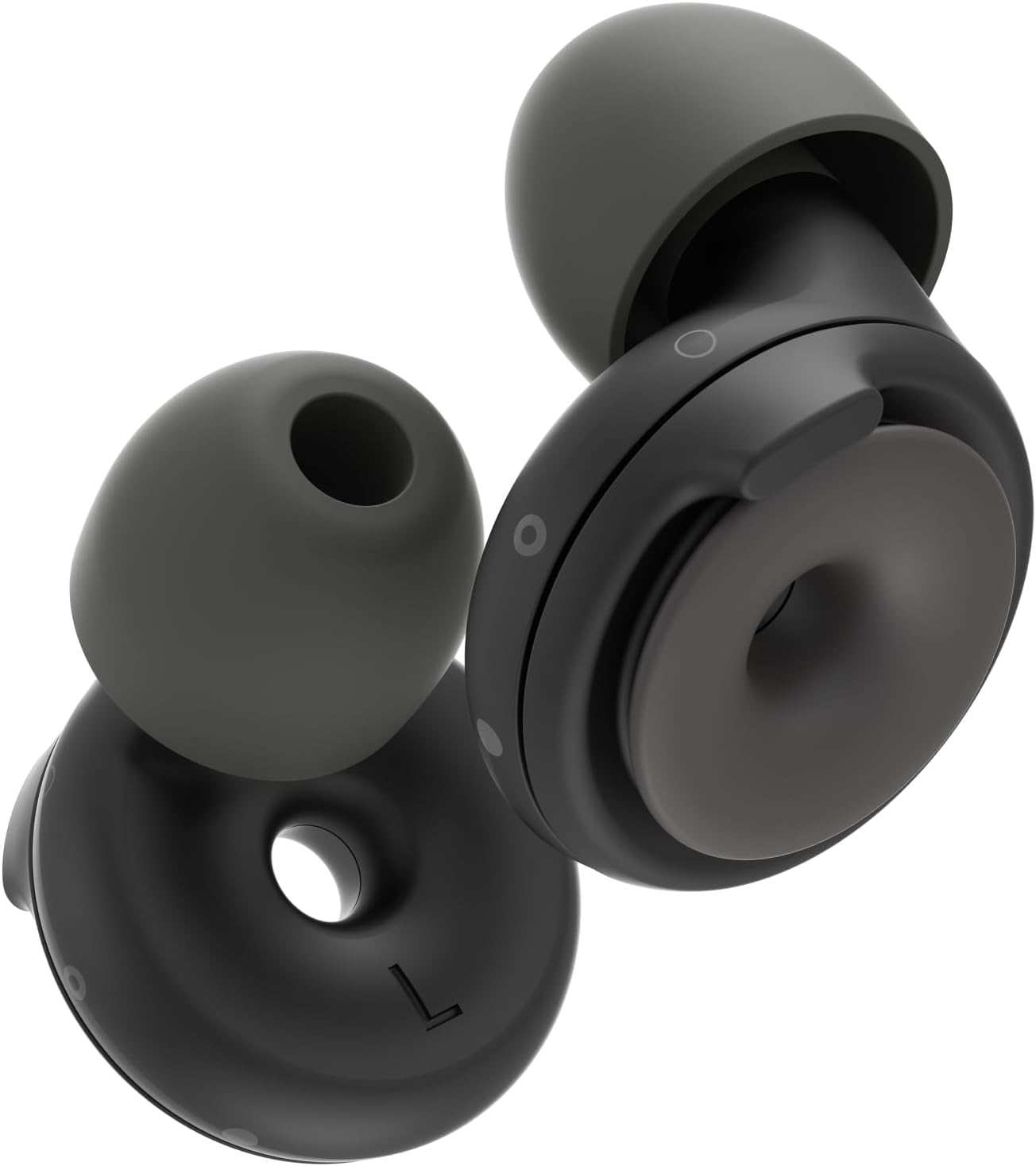
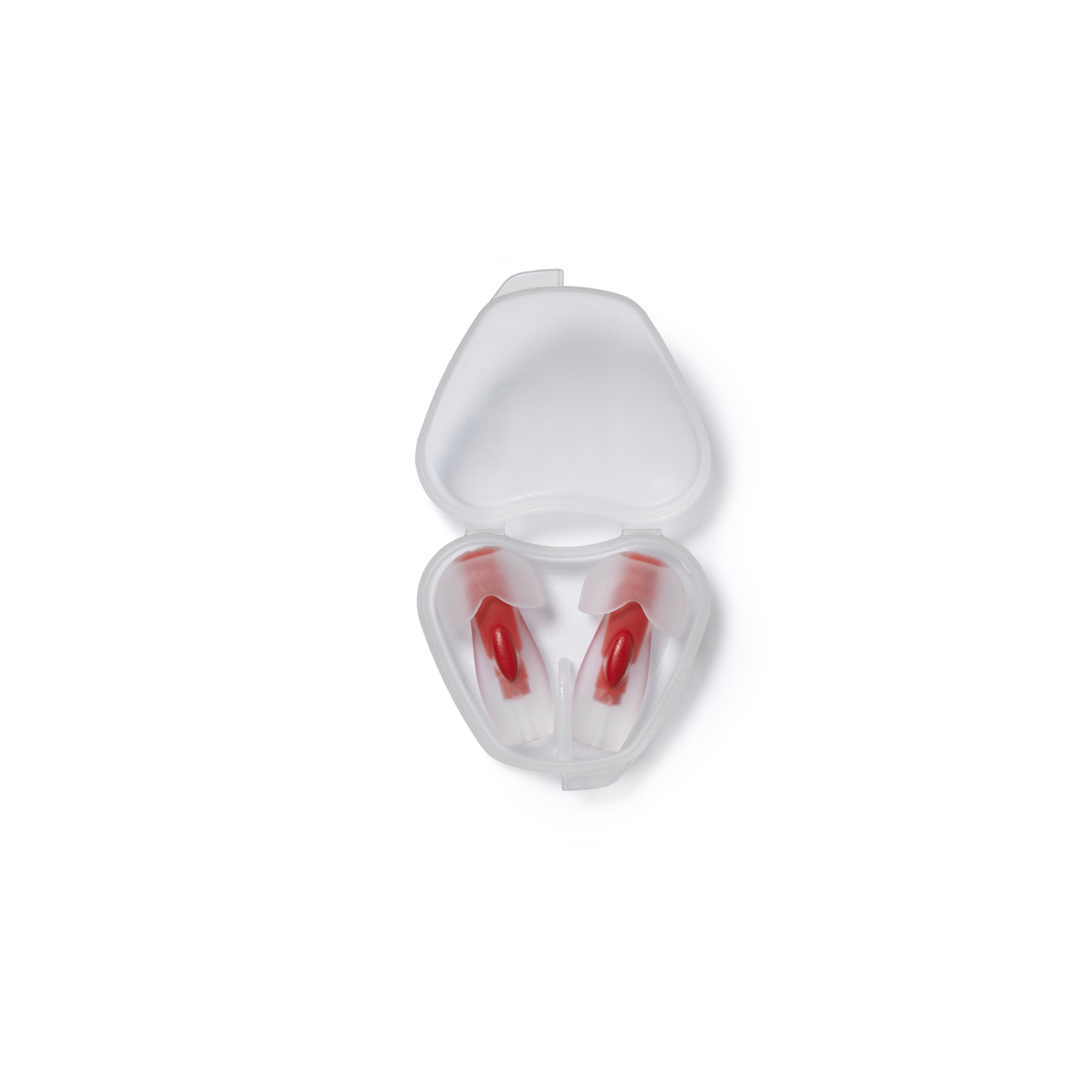
At SoundGuys, we’ve long been advocates of protecting your hearing, especially when attending live events. The best earplugs for concerts are essential in preventing noise-induced hearing loss. Once damaged, your hearing doesn’t recover, after all. If you’re going to be exposing yourself to loud music and the level is outside of your control, earplugs become your best ally for hearing protection. However, the cheap foam plugs you get at the drug store will noticeably impact and degrade the sound quality of what you’re trying to hear, as well as reduce the sound pressure level, and aren’t really good for more than one use.
If you don’t want to invest in custom-fitted “musician” earplugs yet but still want protection for your concert outings, there are many reusable earplug options out there. Many of them aren’t exactly cheap, so we’ve decided it’s time to bring our industry-leading measurement rig into action. We tested a selection of the better-known passive, reusable earplugs on the market to see how good they actually are, and below, you’ll find which ones we consider to be the best.
What's new?
- This article was updated on November 12, 2024, to replace the Loop Quiet with the Loop Switch.
For our top five picks, you can find the isolation charts in each image gallery. You can learn more about how to read our charts here. Note that our test setup doesn’t produce reliable data for this type of test below 100Hz so that data has been omitted in all cases.
Why is the best all-round earplug The Loop Experience Plus?
For our best earplugs for concerts, we picked the Loop Experience Plus. It has the best versatility by far, with a choice of regular silicone ear tips or a tighter-fitting foam tip. Loop also provides small circular inserts that fit inside the earplug’s loops to add additional sound attenuation for particularly loud situations. Four different tip sizes are provided to find your best fit.
Loop’s iconic design incorporates an acoustic channel within the loop of the earplug that forms a resonator, which increases the effectiveness around the frequencies where our hearing is normally most sensitive (2-3kHz). This means these plugs can really take the edge off loud concert sounds by attenuating the area of the frequency spectrum that appears loudest and is most likely to cause discomfort.
Using the supplied foam ear tips instead of the regular silicone ones adds a significant amount (roughly 10dB) of sound attenuation across the spectrum. This means you essentially get a quieter version of the standard Loop Experience sound profile, including a good reduction in the key low-frequency region.
The “mute” inserts that Loop provides do nothing below 5kHz, but above that, they add between 5 and 15dB of extra attenuation of high frequencies, which can significantly reduce the “sizzle” of cymbals in a live setting.

The Groundshaker High Fidelity is the best value
Groundshaker’s high-fidelity earplugs are a flexible grey silicone design that features multiple flanges on the ear tip to achieve the best seal possible within your ear canal. The design also incorporates molded flexible “shark fin” loops, which make the plugs relatively easy to put in and remove.
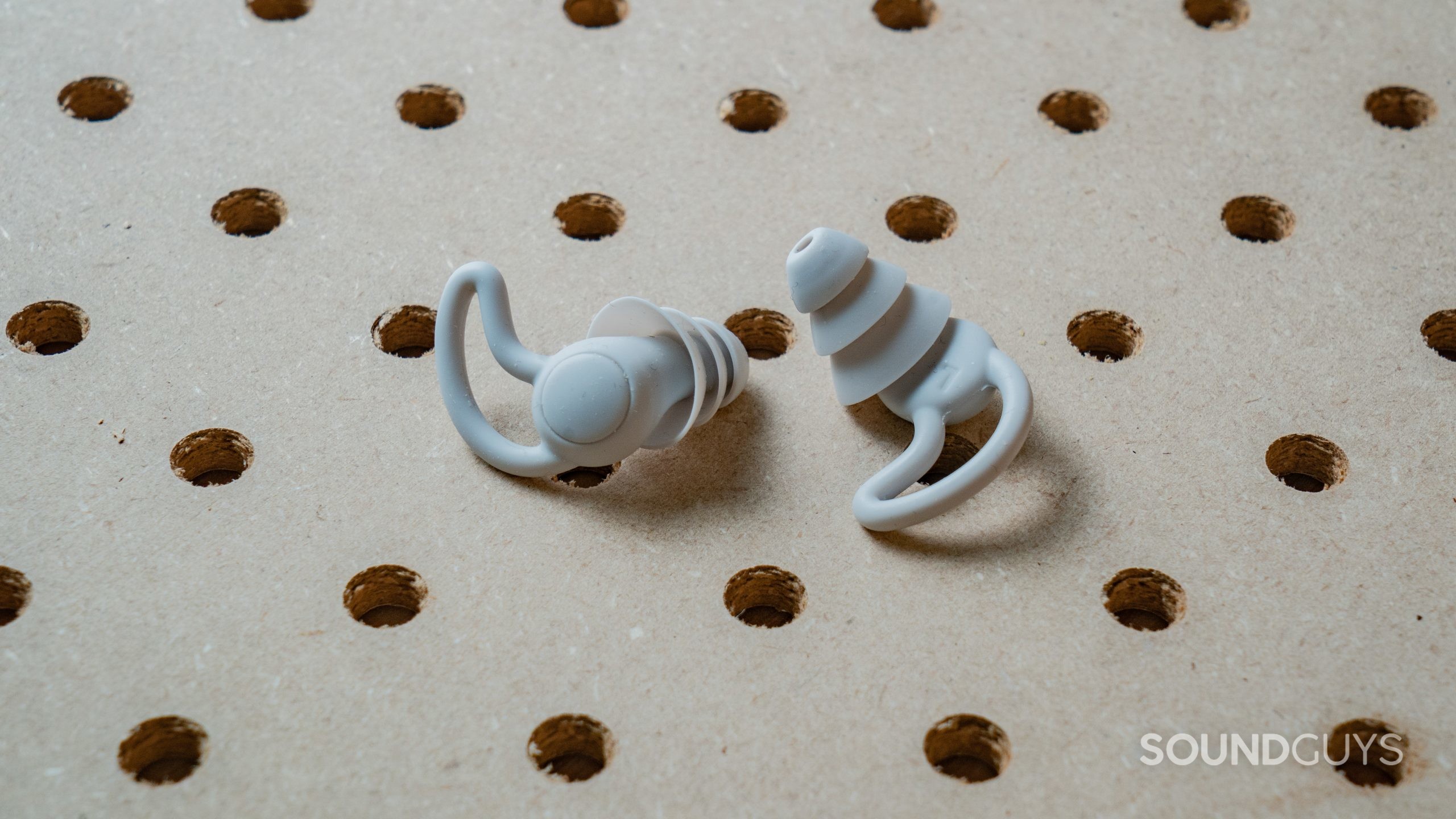
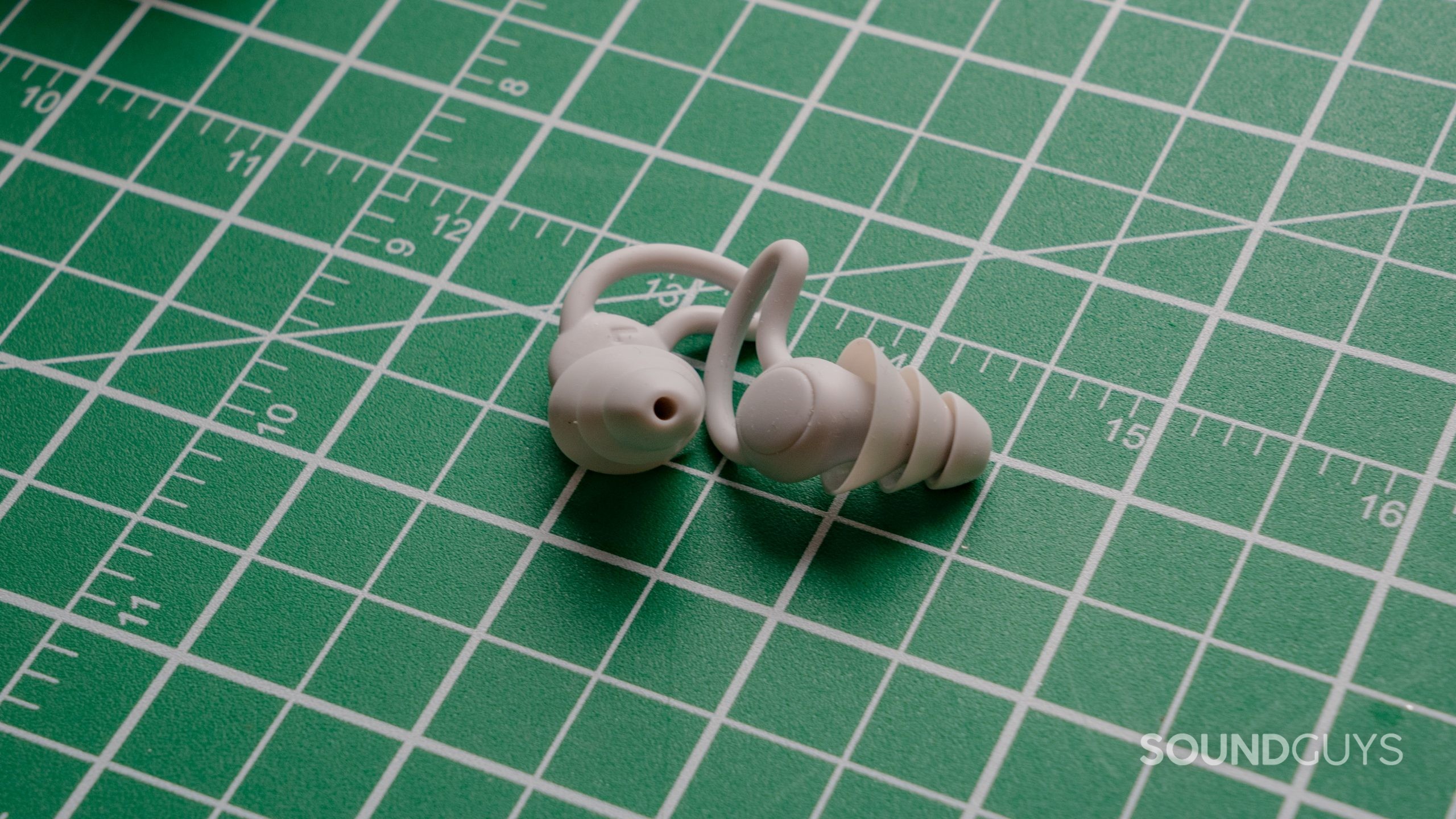
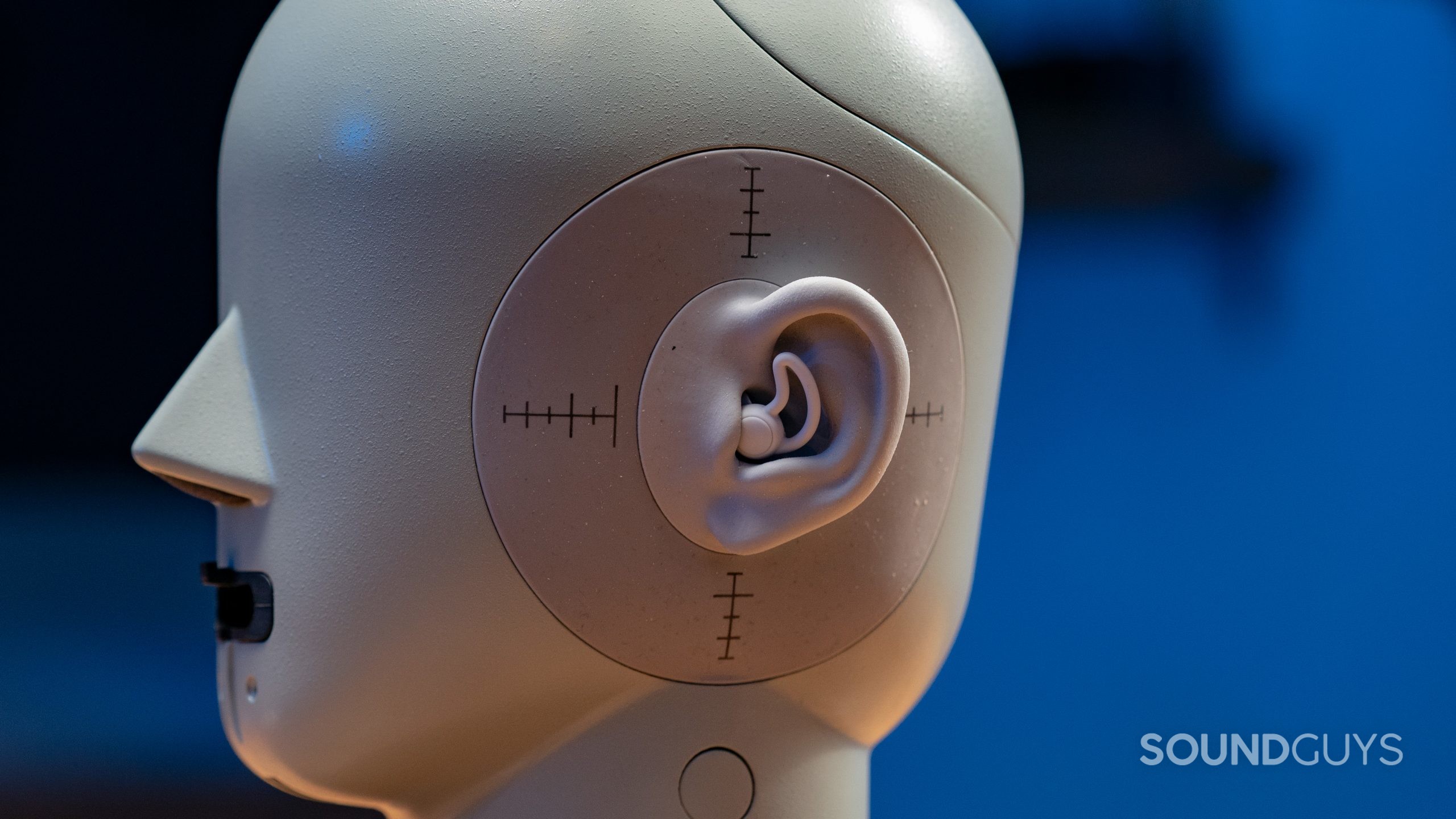
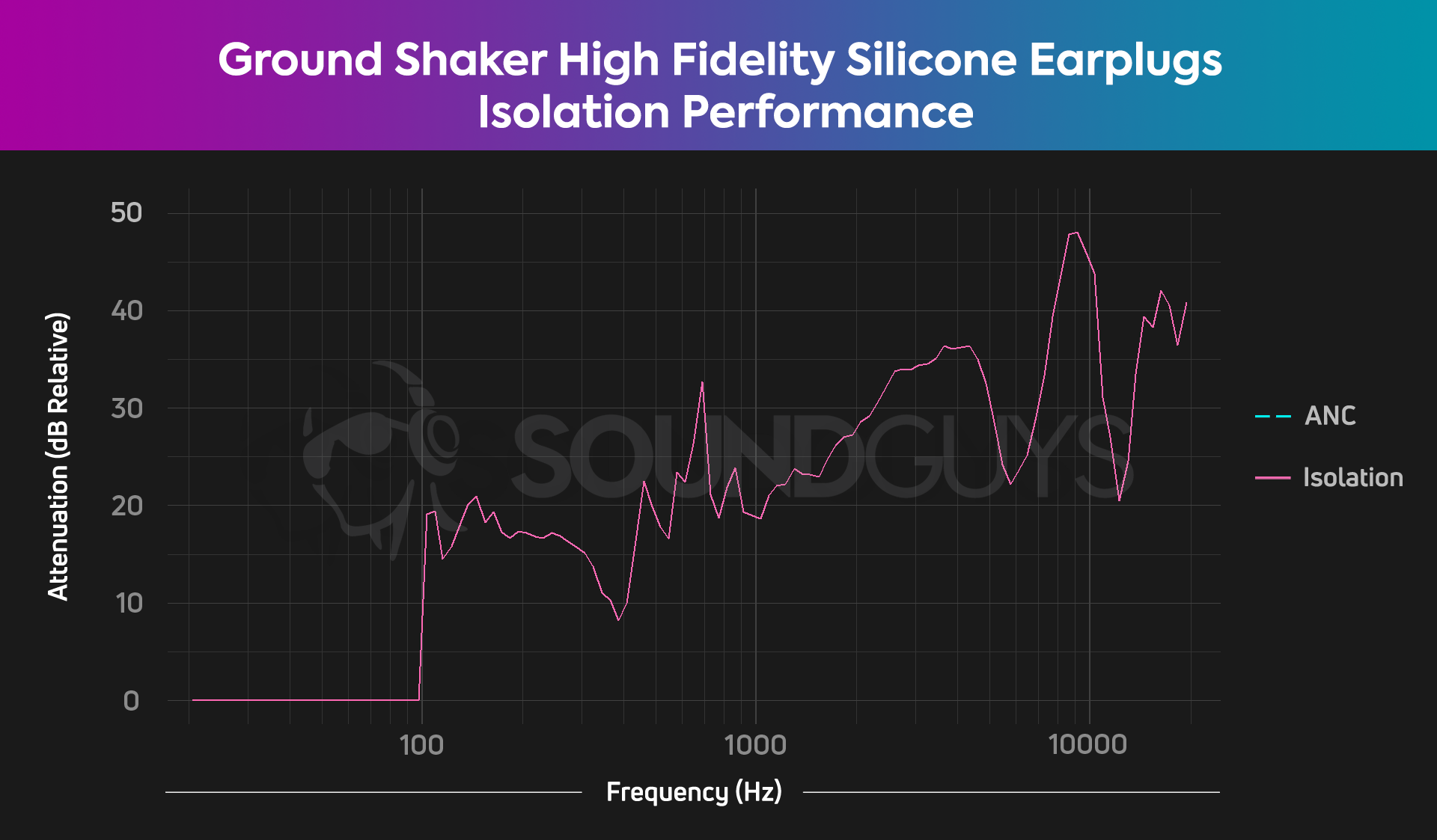
The Groundshaker earplug design does an unusually good job of reducing low frequencies for a passive earplug. It lowers sounds below 600Hz by between 10 and 20 dB. The earplugs reduce the critical midrange region by 20dB to 35dB and mute high frequencies around 10kHz by more than 45 dB. These earplugs are especially useful at loud events and benefit people with auditory sensitivities like hyperacusis, a hearing disorder that makes sounds seem much louder than they actually are.

The Etymotic Research ER20 High-Fidelity Earplugs help with bad-sounding venues
Etymotic may well be familiar to SoundGuys readers and those in the personal audio space. It produces some well-respected in-ear monitors (IEMS), some of which we’ve reviewed in the past. Knowing that the company has some acoustics chops is somehow reassuring when it comes to hearing protection, and the ER20 High Fidelity Earplugs justify that feeling.
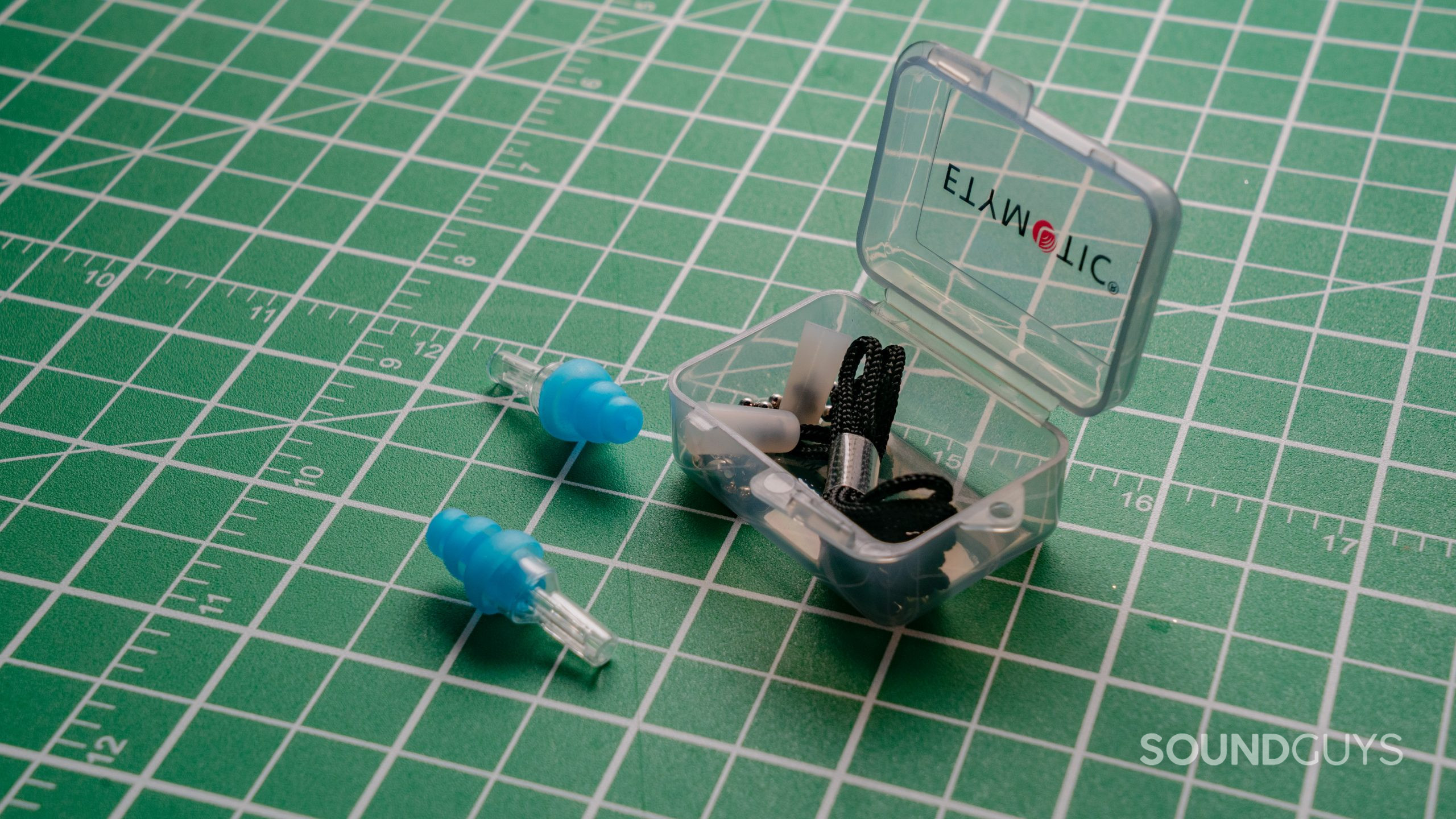
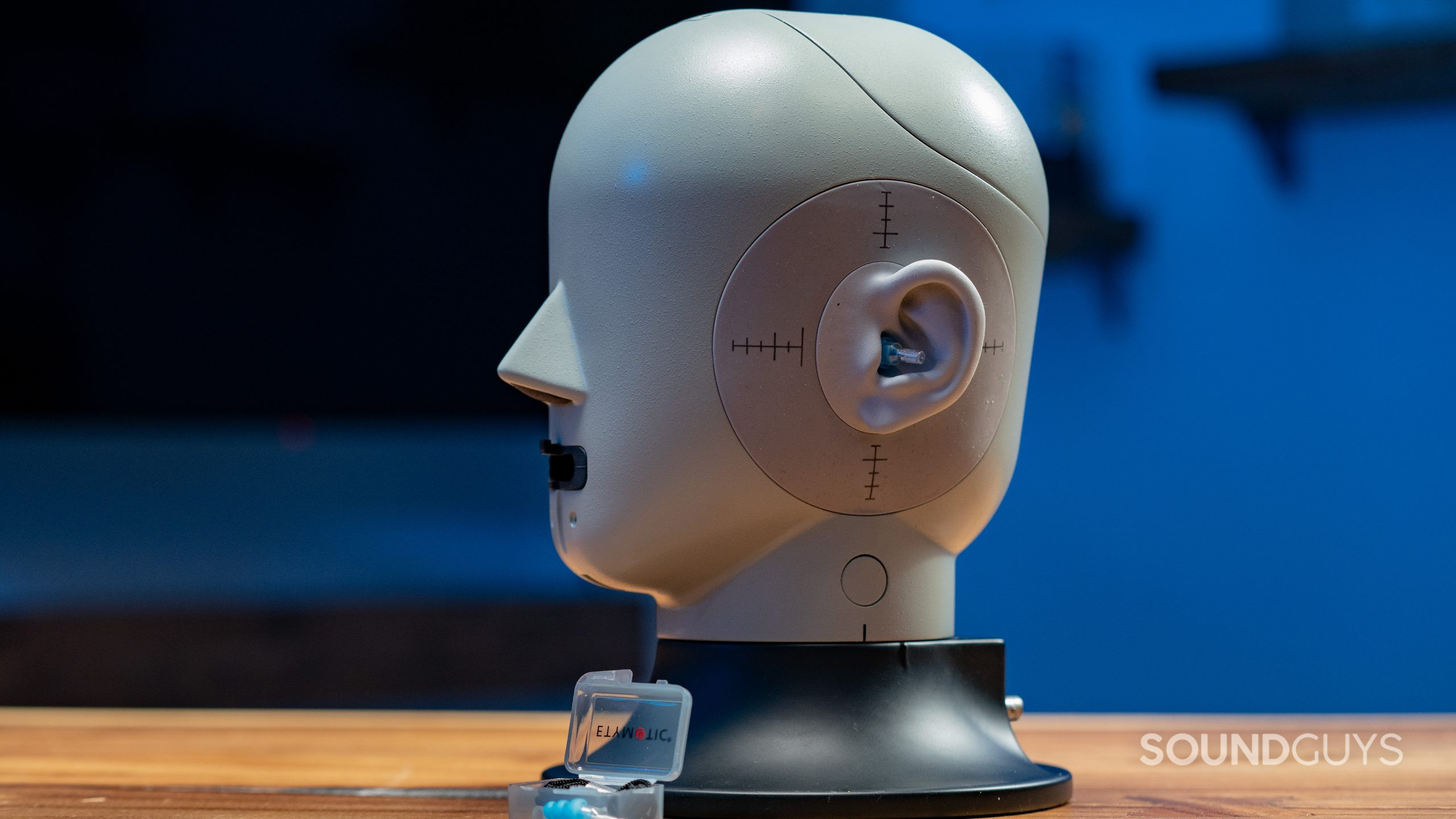
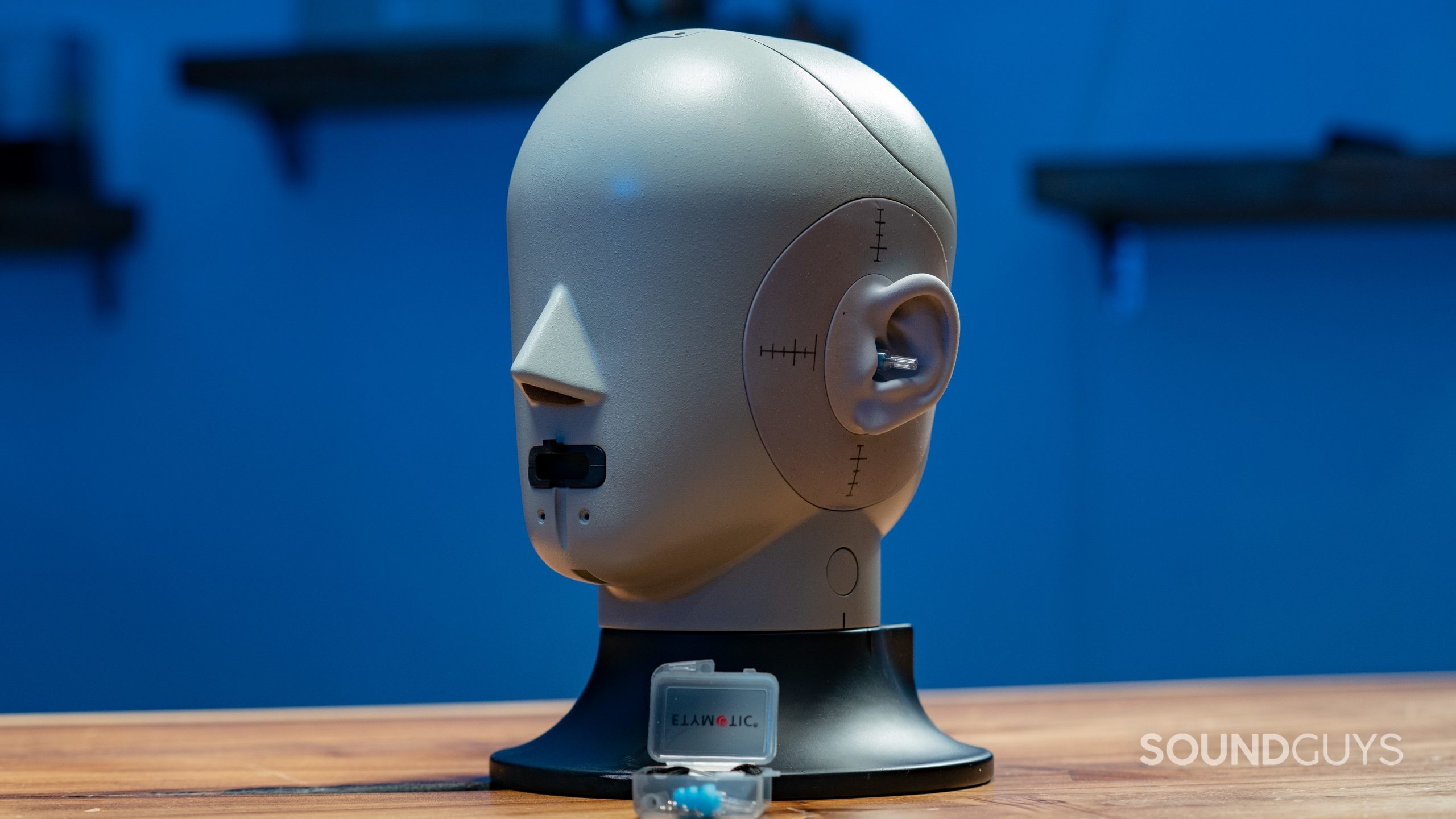
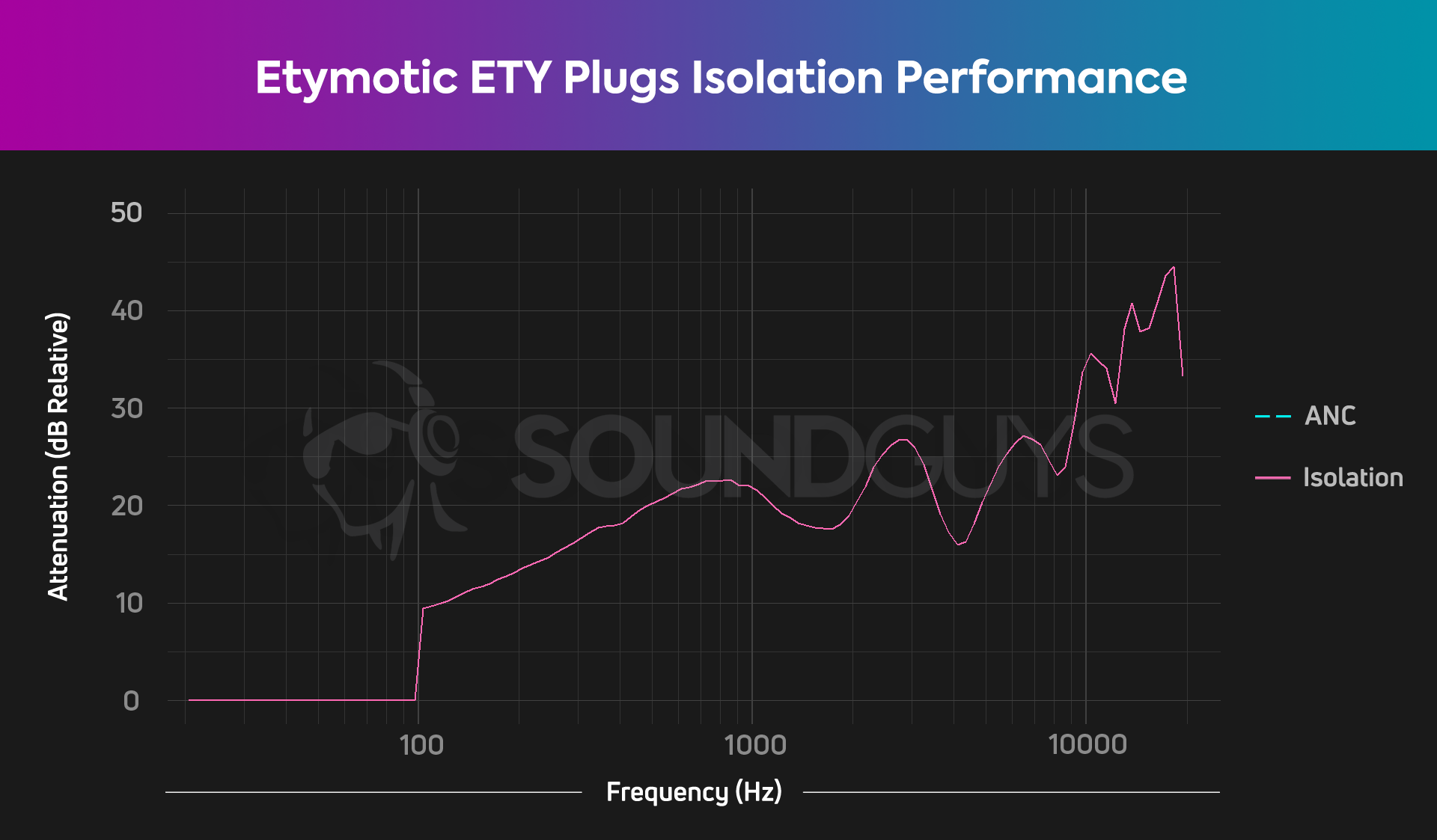
What we like most about this ETY-plugs model is that the attenuation doesn’t jump around a lot for most of the spectrum. Attenuation starts at around 10dB at 100Hz and steadily increases from there up to around 10kHz. It mutes frequencies above 10kHz more heavily (by up to 45dB). This characteristic is useful when you’re confronted by small, lively venues that haven’t been acoustically treated or where the PA system is being pushed too hard, resulting in lots of high-frequency energy that you probably want to hear a lot less of.

The Loop Switch are the most versatile
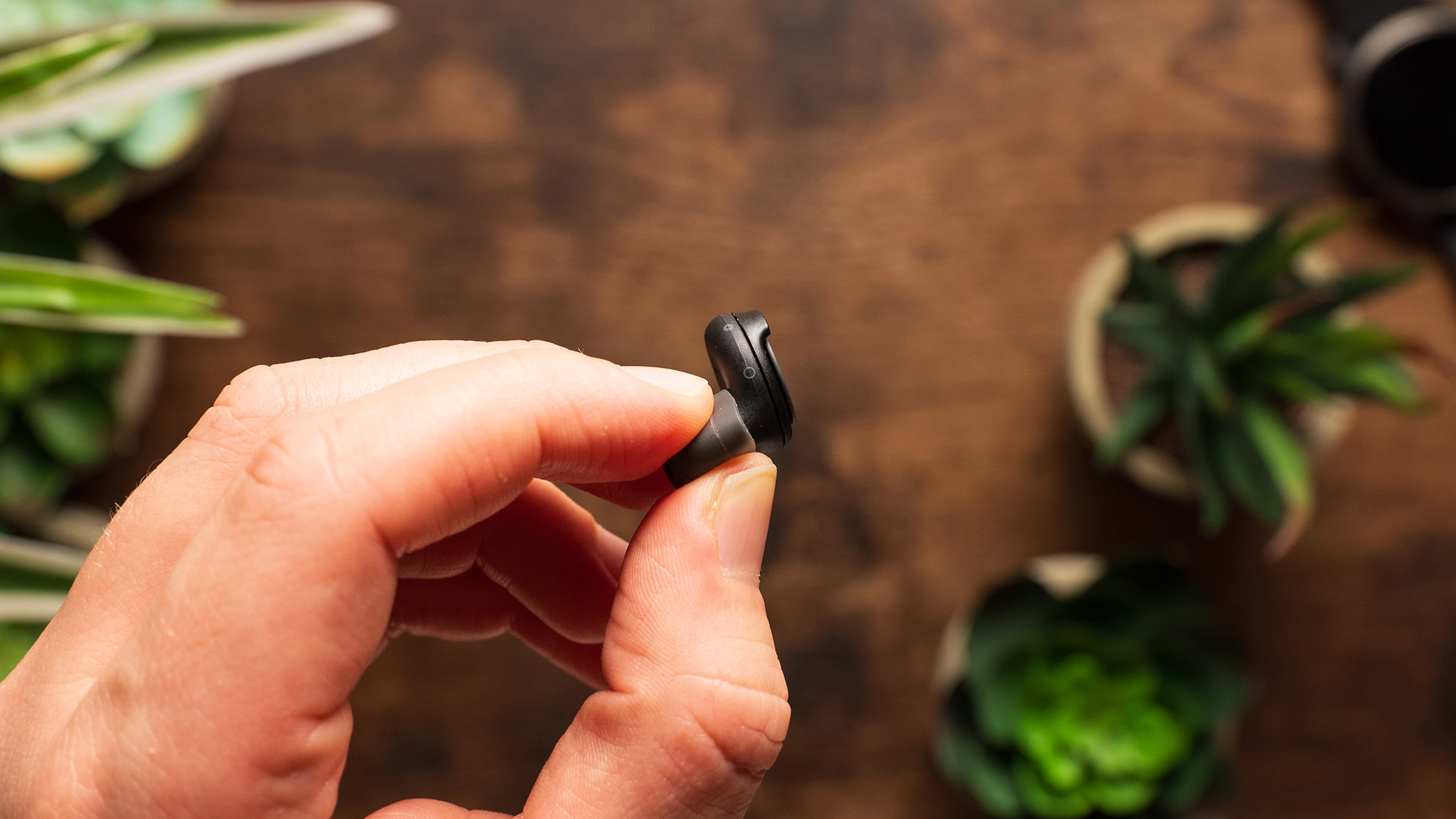
The Loop Switch earplugs offer a unique feature that sets them apart from other earplugs on the market. With a physical switch to toggle between Quiet, Experience, and Engage modes, these earplugs allow users to control how much sound gets through. During testing at a high-volume music festival, we found the Quiet mode comfortably reduced sound levels, especially high frequencies. On the other hand, the Experience and Engage modes allow more high-frequency sound through for improved sound quality.
Loading chart ...
Loading chart ...
Loading chart ...
The signature loop design keeps the earplugs securely in place, though prolonged use may cause discomfort for small-eared users due to the pressure on the outer ear. The Loop Switch’s higher price point may seem steep, especially with affordable options like foam earplugs offering greater overall noise attenuation. However, the added versatility of adjustable noise levels and the portability of the included case, which can be attached to a keychain, make them a practical choice for those frequently exposed to loud environments. For those who prioritize the ability to customize noise reduction, the Loop Switch might justify its cost.

The Happy Ears are the most compact earplugs for music
Small and minimal, we like the Happy Ears earplugs for a number of reasons. We like the eco-friendly packaging, we like how easy getting a good seal is, and we like how compact they are when stowed in their fitted case. This earplug only comes in one design, but the company sells additional versions made out of recycled ocean or landfill plastic.
The Happy Ears earplugs do a great job at reducing low frequencies by over 15dB, which increases gently towards the higher frequencies, where it maxes out at over 40dB of attenuation around 8kHz. The attenuation profile also exhibits a “hump” between 2kHz and 3kHz, which corresponds with the ear’s most sensitive region. This is a nice feature to see, as it reduces sounds that can get painful when loud.

What you should know about the best earplugs for concerts and what we look for
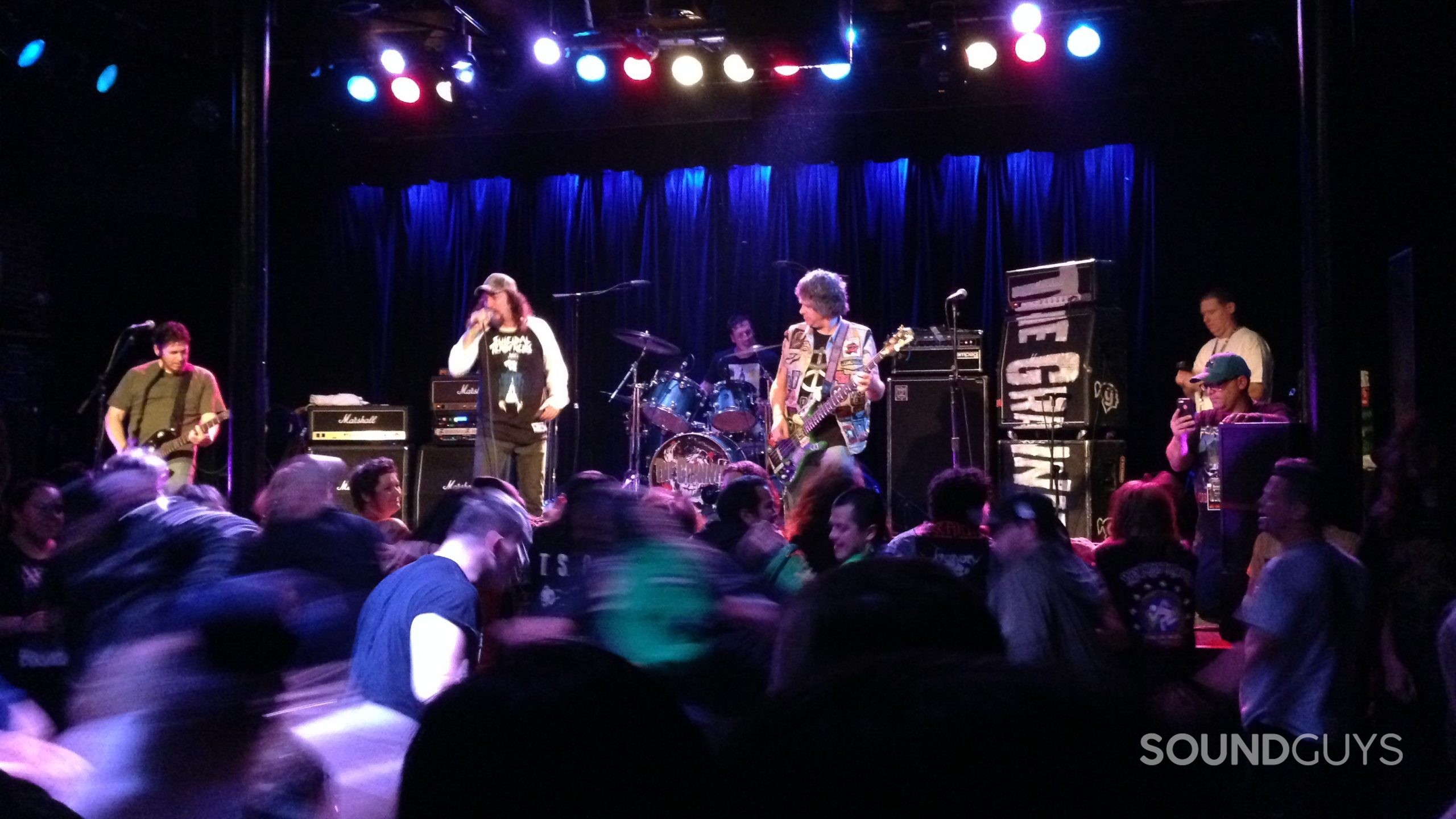
Earplugs intended for protecting your ears whilst enjoying live music are different from the foam plugs they hand out to help you sleep on the plane, for example. Those basic foam plugs are intended to block your ear canals and let as little sound in as possible. They will make everything sound dull and horrible. However, passive earplugs of all types block (attenuate) higher frequencies far more easily than low frequencies, making everything sound somewhat muffled, like someone talking with their hand over their mouth.
Isolation vs Frequency
Reusable earplug makers will often make claims about how their earplugs attenuate all sounds equally (which would be ideal), maintaining a flat frequency response for the wearer—making everything sound perfectly natural, just quieter. Unfortunately, due to the laws of physics, this is actually very hard to do with passive hearing protection. As our measurements show, no one makes this kind of earplug with anything approaching a flat attenuation profile. They’re usually heavily biased towards reducing primarily the higher frequencies.
This poses a problem. Generally, sounds won’t come across as particularly natural. Moreover, loud, low frequencies can damage your hearing if they pass through. These frequencies aren’t as noticeable or painful as the loud sounds in the more sensitive hearing regions, which typical earplugs usually block
The best we can hope for is an earplug that attenuates some of the low frequencies relative to their high-frequency reduction. If there is a reasonably even transition across the spectrum, it will still make for a somewhat natural sound when using the earplugs.
Max attenuation
The higher the attenuation, the more sounds around you will reduce in level. This is an important consideration, dictated by the types of events you plan on attending. For example, rock concerts can top out at 120dB (SPL). But, perhaps less intuitively, you should be packing your earplugs to protect your hearing at major sporting events such as the Super Bowl, where stadium noise levels can reach 125dB (SPL) or more.
Remember, experts consider 85dB (SPL) a safe listening level for up to 8 hours a day, and 95dB is safe for 4 hours. So, for events with those sound levels, you should reduce the sound by 25-40dB, depending on the event’s duration or the length of elevated sound levels.
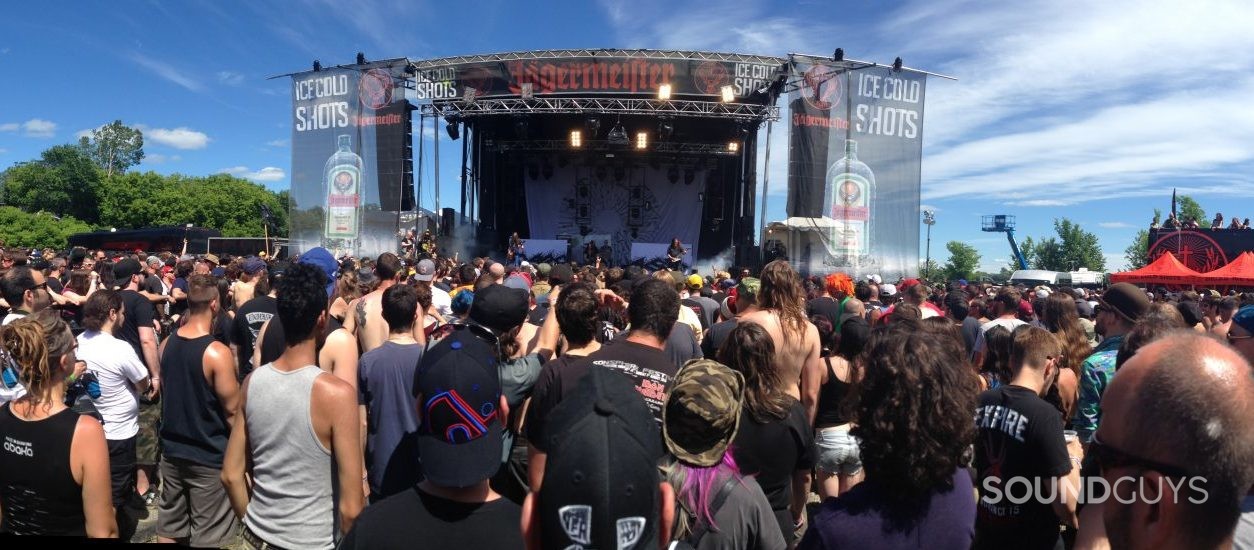
Fit and comfort
Fit is of absolute importance. You need your earplugs to form a tight seal inside your ear canals for them to be effective. The charts we publish of our measurements are only close to representative of expected performance if you’re getting a perfect fit with the earplugs.
If you’re going to be wearing earplugs for any length of time—concerts can last hours, after all—you’re not going to want any discomfort. The materials used, the design, and the manufacturing process can all have an influence, even after you’ve found a size that fits your ears.
Ease of insertion and removal
Being able to easily and quickly insert and remove earplugs is an important consideration, too. You don’t want to be messing around trying to get the proper fit when the band goes on and plays the first chord. You also don’t want to have any trouble removing them, as the sensation of having occluded ears can be quite panic-inducing for some people when they don’t want it. Features that reduce the sensation of pressure build-up are also beneficial.
Durability, portability, and lose-ability
The whole point of getting reusable earplugs is that they’re, well, reusable. This means looking for durable materials and designs. Small travel cases are a useful inclusion, too, as they keep them in one place and prevent them from getting dirty—introducing dirt or moisture into your ears can cause plenty of problems.
The case should also preferably include a loop or feature to keep it attached to something else. A feature like a neck cord could also help you keep track of the plugs themselves. Dropping an earplug in a mosh pit is always a bad time, but earplugs that are highly visible will make retrieving them a little easier. Oh yes, and getting something washable is also a good idea!
How we test the best earplugs for live music
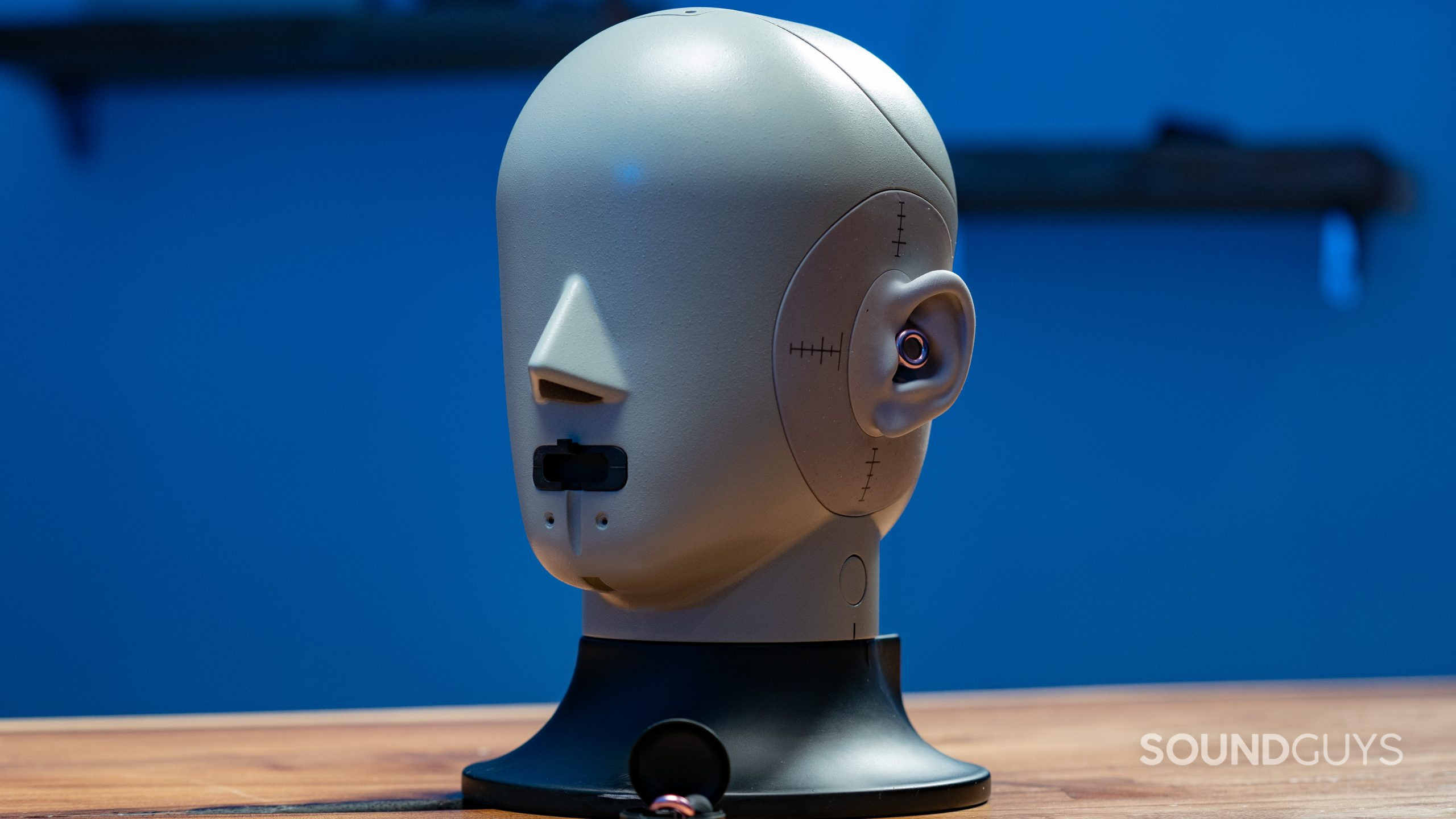
Lab testing is the gold standard for determining the efficacy of hearing protection. Our objective test strategy for earplugs is the exact same as the way we quantify acoustic isolation in headphones. We use our B&K5128 test head, which has highly realistic outer ears and canals to best simulate the average user of the earplugs, and we expose it to a calibrated sound field generated by high-quality loudspeakers in an acoustically treated environment. Here’s a short YouTube clip that covers the specific details of our process.
Note that our test setup doesn’t produce reliable data for this type of test below 100Hz, so we omit the data.
Why you should trust SoundGuys on earplugs and hearing protection
The team at SoundGuys is deeply invested in helping you find the best audio products for your needs and budget. We want to share our passion with our readers and minimize the legwork you need to put in. Whether we’re interviewing experts on hearing loss or submerging waterproof speakers, we do what it takes to get to the truth of the matter.
Our team has years of experience reviewing products, conducting lab tests, working in studios, and in the field of journalism. If you’ve wondered if we get paid to favorably review certain products, we don’t. In fact, it’s against SoundGuys’ ethics policy to receive any compensation or gift for reviews or spots on our lists.
Frequently asked questions
“Manufacturers market high-fidelity earplugs for live music use, and people often refer to them as musicians’ earplugs. However, many semi-pro and professional musicians prefer custom-fitted earplugs molded to their unique ear canals over off-the-shelf options. We’ll cover this in an upcoming article!
For the true audiophile looking to protect their ears without sacrificing the live music experience, we’d recommend diving into earplugs tailored for concerts. Your best bet is products like the Loop Experience Plus or the Groundshaker High Fidelity. They’re designed to dial down the decibels without muffling the melodies.
While those budget foam plugs from your local drugstore might save your wallet, they’re likely to rob you of sound quality. Sure, they’ll offer some protection, but if you’re serious about your sound, it’s worth investing a bit more for a clearer, richer concert experience.
Not all earplugs are created equal, especially when it comes to live jams. Those basic foam ones? They’ll make your favorite band sound like they’re playing underwater. For a real treat without the threat to your eardrums, opt for earplugs crafted with concerts in mind.
If you’re hitting up a rock concert that can blast up to a roaring 120dB (SPL) or even a mega event like the Super Bowl soaring to 125dB (SPL), you’ll want earplugs that can attenuate sound by 25-40dB. Remember, safety first, but preferably not at the expense of sound quality.
Foam earplugs are a quick fix, but if you’re looking to truly immerse yourself in the concert vibe without the ringing aftermath, they might not be your best pick. They tend to drown out the details, making everything sound a tad too dull for a music lover’s liking.
Yes, some rock concerts can crank it up to a whopping 120dB (SPL). Always best to come prepared with the right ear gear.
Thank you for being part of our community. Read our Comment Policy before posting.
